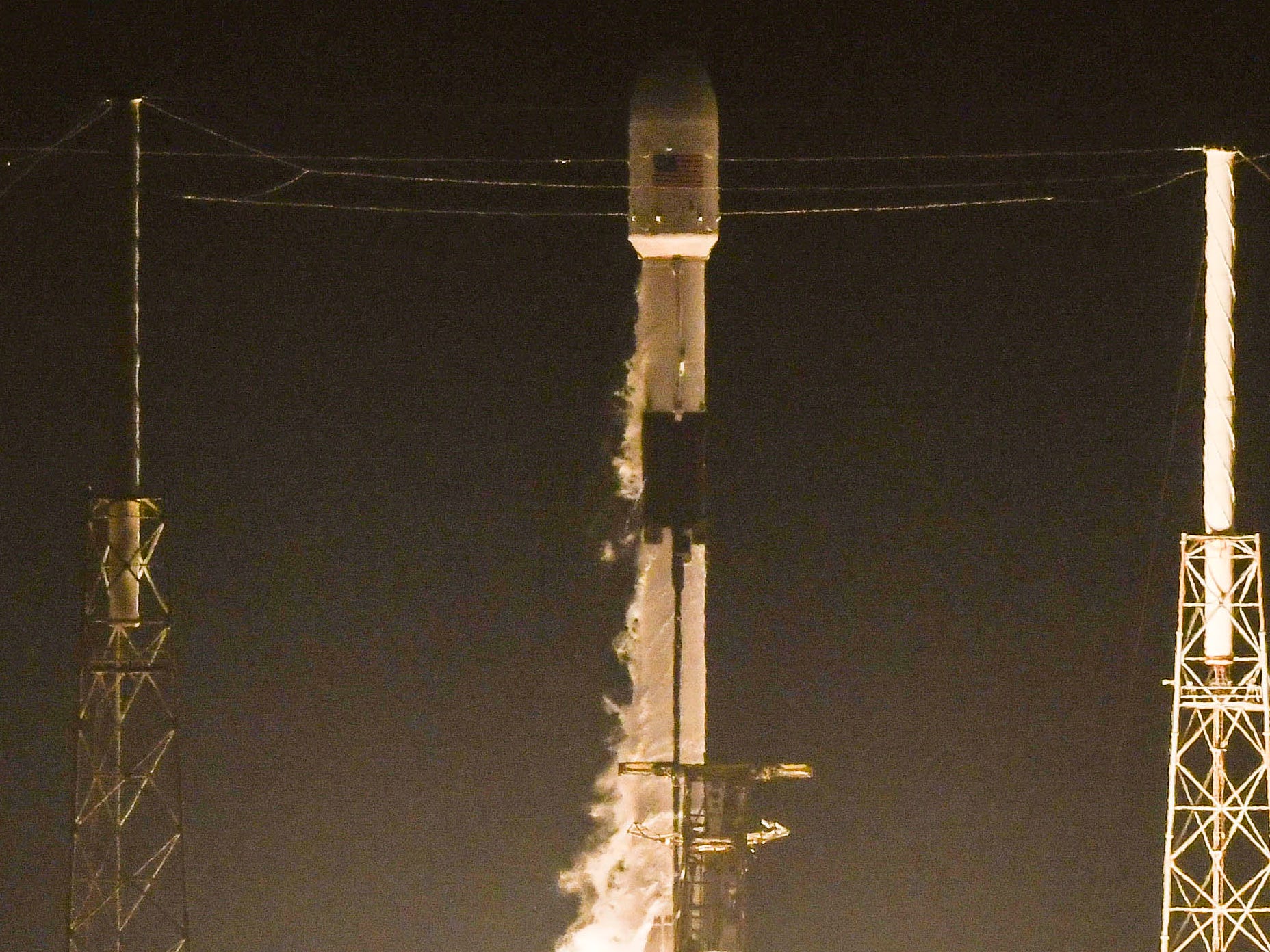28.11.2021
Despite a slowdown in Florida's rocket launch cadence in recent months due to supply chain issues and shortages, teams are hoping to squeeze in up to five more missions before the year is out.
From a Space Force mission to a resupply run to the International Space Station, both SpaceX and United Launch Alliance have requested time on the Eastern Range this holiday season. NASA's high-profile, multibillion-dollar James Webb Space Telescope is set for launch in mid-December as well, though not from Florida's shores.
What's coming next:
Dec. 1: SpaceX / Starlink

SpaceX will launch a Falcon 9 rocket and the 32nd batch of Starlink internet satellites from Cape Canaveral Space Force Station no earlier than Wednesday, Dec. 1. Launch Complex 40 will host the liftoff currently scheduled between 1 a.m. and 2 a.m. ET.
After deployment, the Starlink constellation will have more than 1,750 satellites operating in low-Earth orbit.
Dec. 5: ULA / STP-3
A United Launch Alliance Atlas V rocket set to its most powerful configuration will launch a Space Force mission from Cape Canaveral on Saturday, Dec. 4. Teams at Launch Complex 41 have two hours – 4:04 a.m. to 6:04 a.m. ET – to launch the rocket outfitted with five solid rocket motors.
Known as Space Test Program-3, the mission will take two Space Force satellites to geosynchronous orbit some 22,000 miles above Earth.
Dec. 9: SpaceX / IXPE
A NASA science mission known IXPE – Imaging X-ray Polarimetry Explorer – will take off on a SpaceX Falcon 9 rocket between 1 a.m. and 2 a.m. on Thursday, Dec. 9. SpaceX's pad 39A is expected to host the attempt.
IXPE is expected to help scientists better understand X-rays from cosmic objects like black holes and neutron stars, which are the collapsed cores of much larger stars.
Dec. 18: SpaceX / Turksat 5B

Also on Dec. 18, a SpaceX Falcon 9 rocket will launch Turksat 5B, a government and commercial communications satellite for Turkey. Liftoff from Launch Complex 40 is scheduled for a window between 10:30 p.m. and 11:30 p.m. ET.
5B will launch just under a year after its predecessor, 5A, flew on another Falcon 9. Turkey's government is moving satellite production into the country and its first homegrown product, Turksat 6A, is also slated to fly on a Falcon 9 sometime in the first quarter of 2023.
Dec. 21: SpaceX / ISS resupply
If schedules hold, the last launch of 2021 will squeeze in right before Christmas.
A SpaceX Falcon 9 rocket will take a cargo-only Dragon capsule to the International Space Station from KSC no earlier than 5:06 a.m. Tuesday, Dec. 21. This will be an instantaneous launch window; no chance to push later in the day for a second attempt.
Known as Commercial Resupply Services 24, or CRS-24, it marks SpaceX's 24th supply run to the ISS for NASA. Dragon should autonomously dock with the ISS about a day after liftoff from pad 39A.
Dec. 22 (not local): James Webb Space Telescope
After decades of design, development, and construction, NASA's next-generation telescope designed to peer farther into the universe than ever before will take off an a European Space Agency rocket no earlier than Saturday, Dec. 18. Liftoff is set for 7:20 a.m. ET.
The Arianespace-built Ariane 5 rocket will take off from French Guiana, which is located just north of Brazil.
Note: NASA was originally targeting Dec. 18 for JWST's launch but pushed to no earlier than Dec. 22 due to a mishap in French Guiana, which sent vibrations throughout the spacecraft's processing facility.
Quelle: Florida Today
